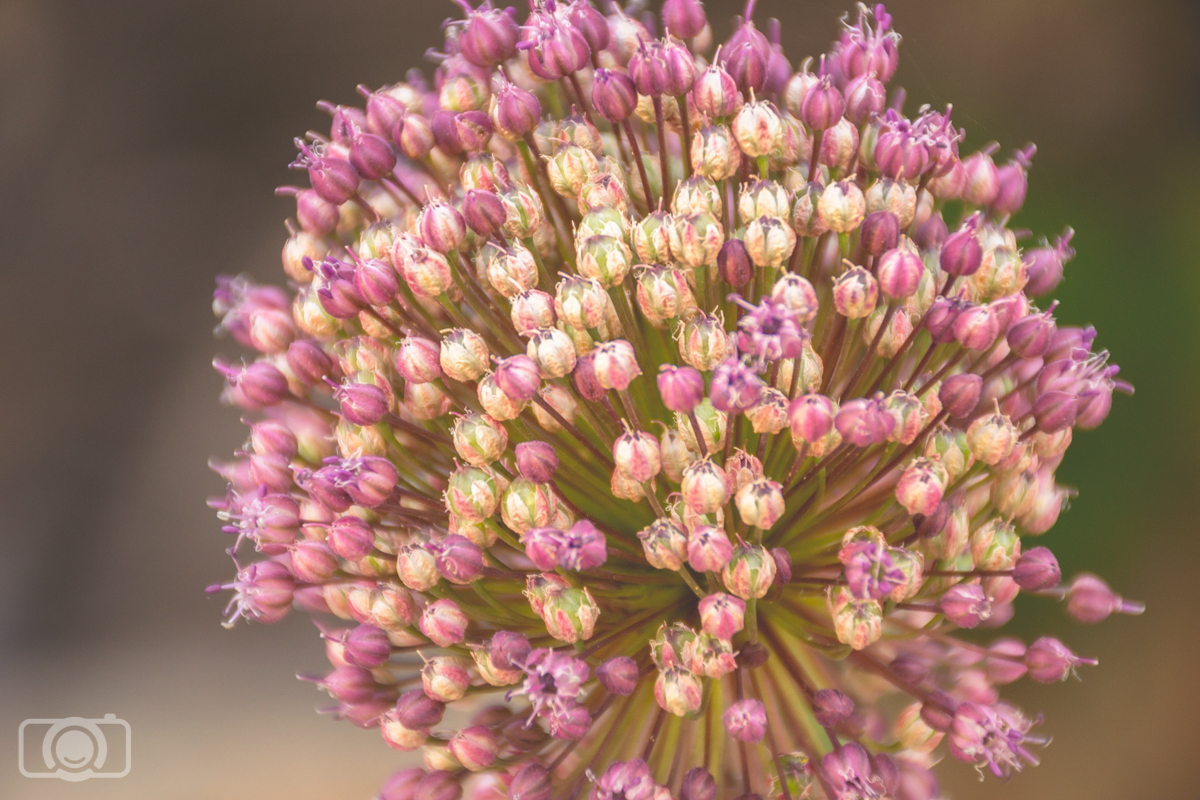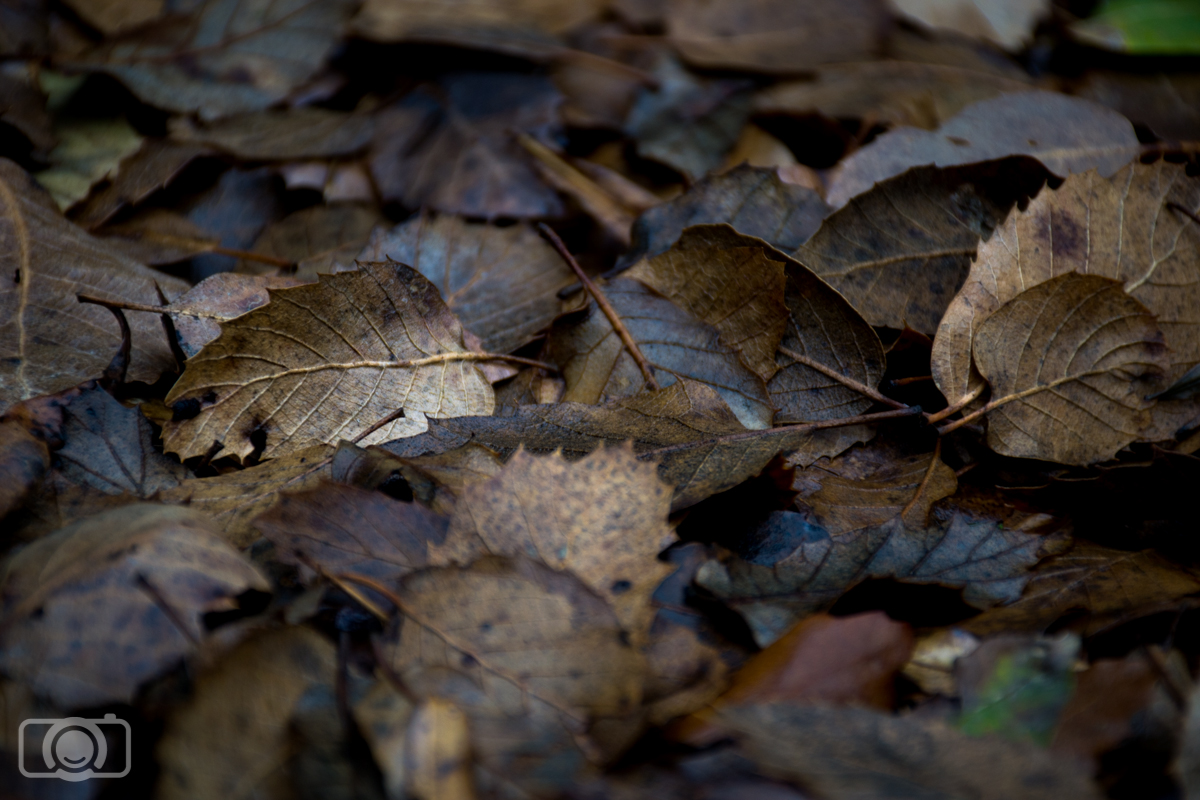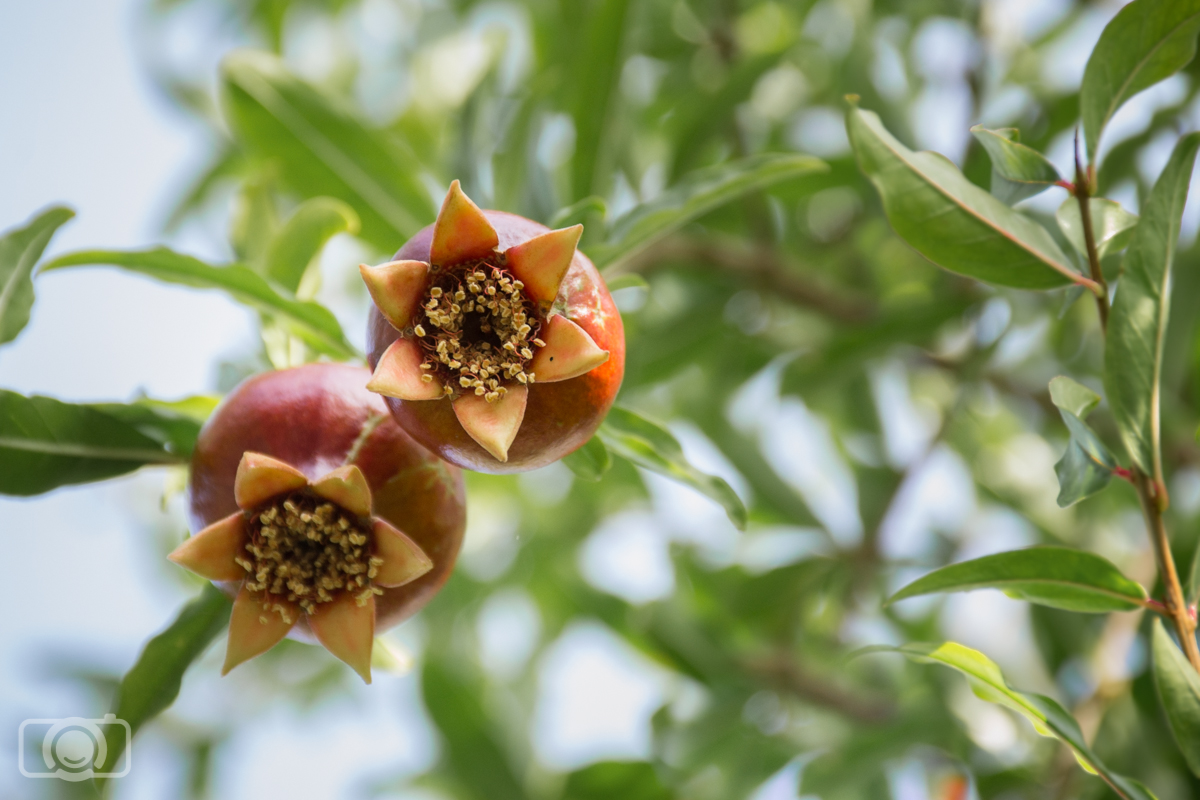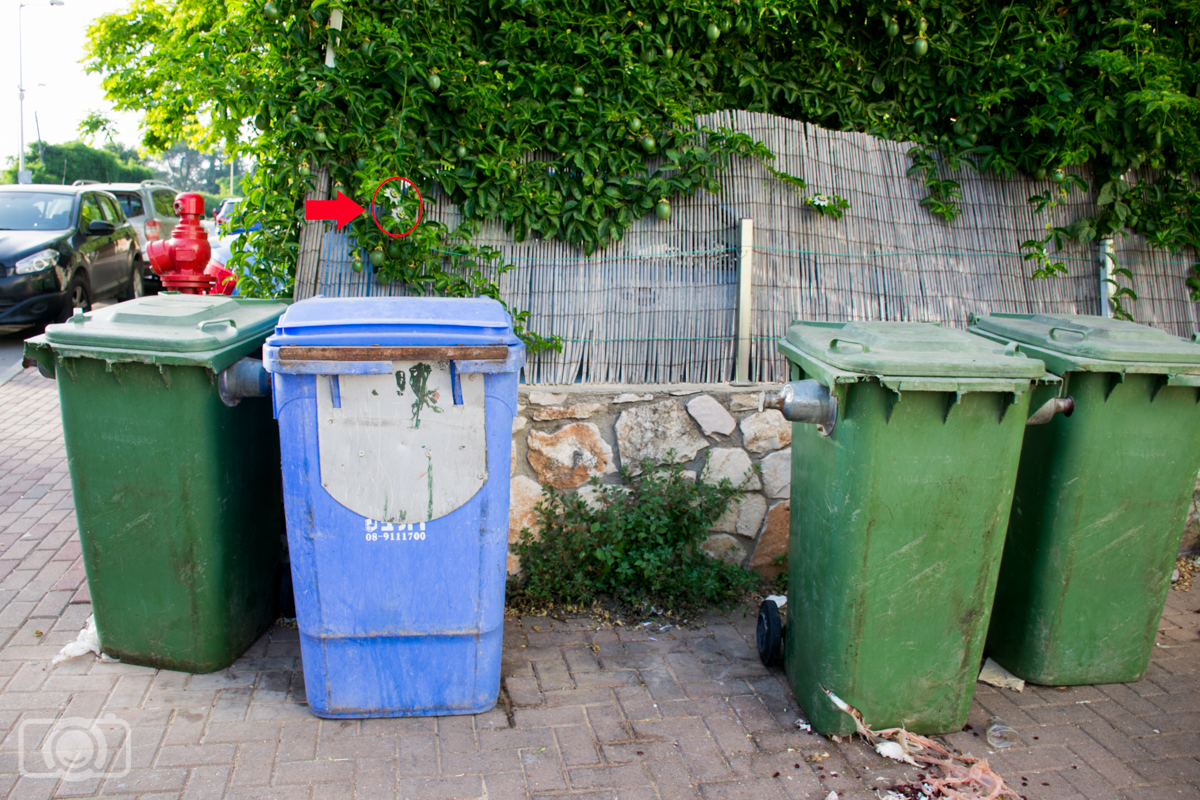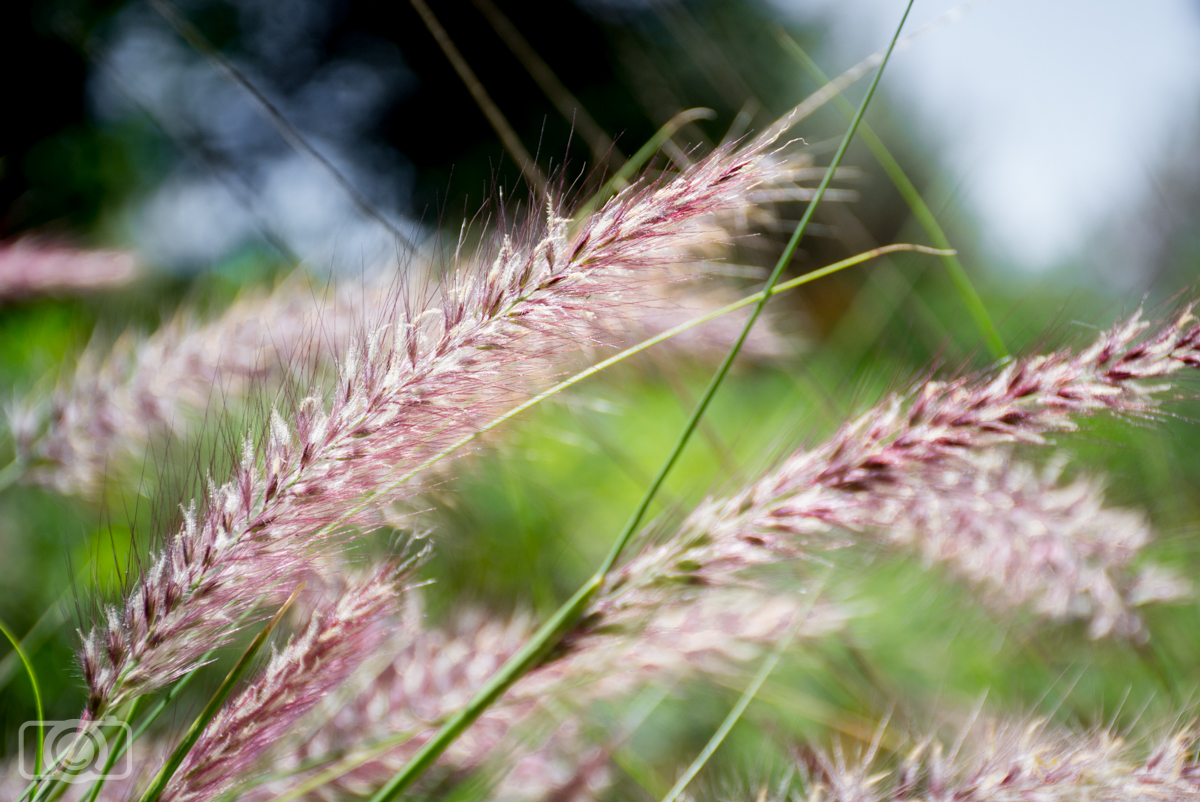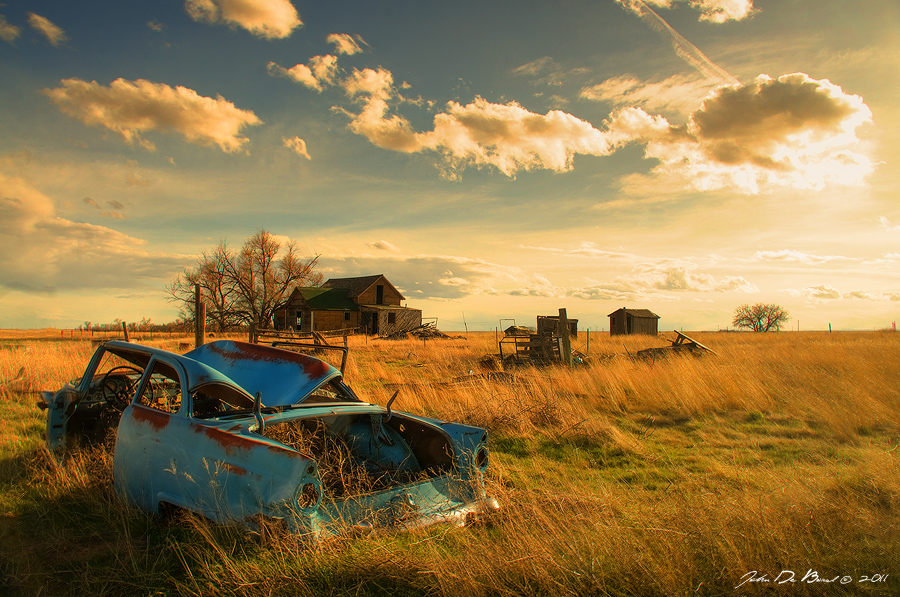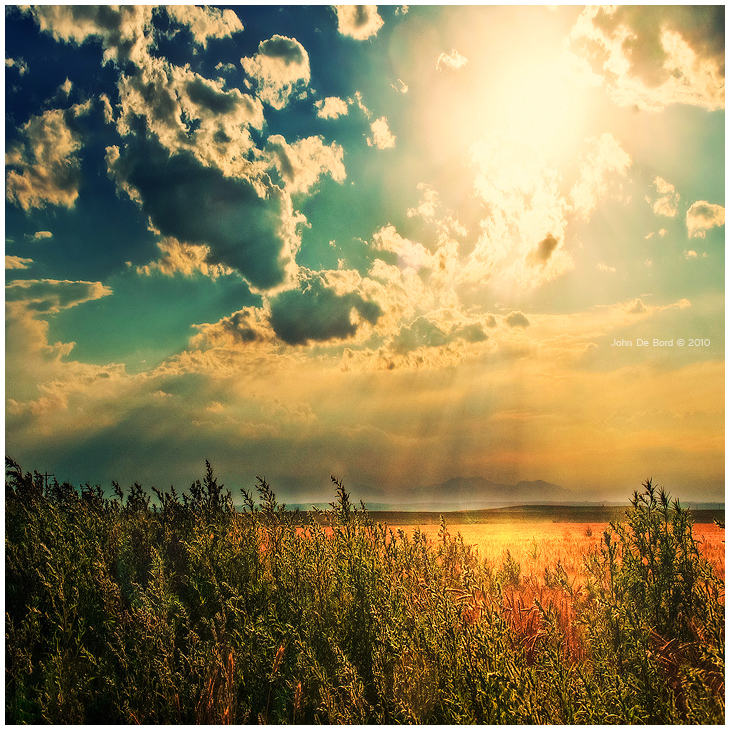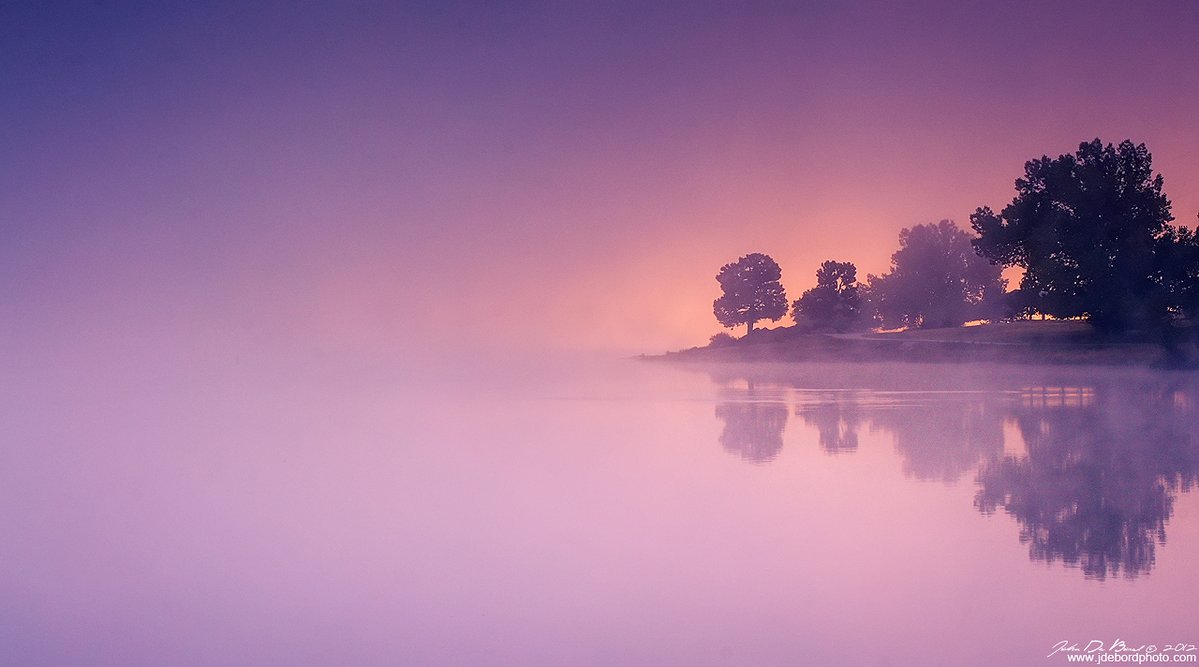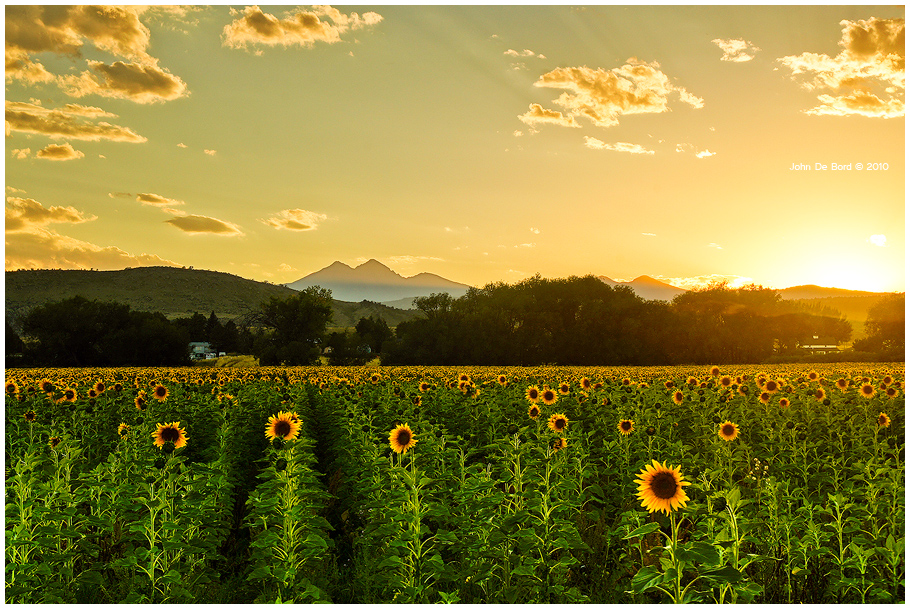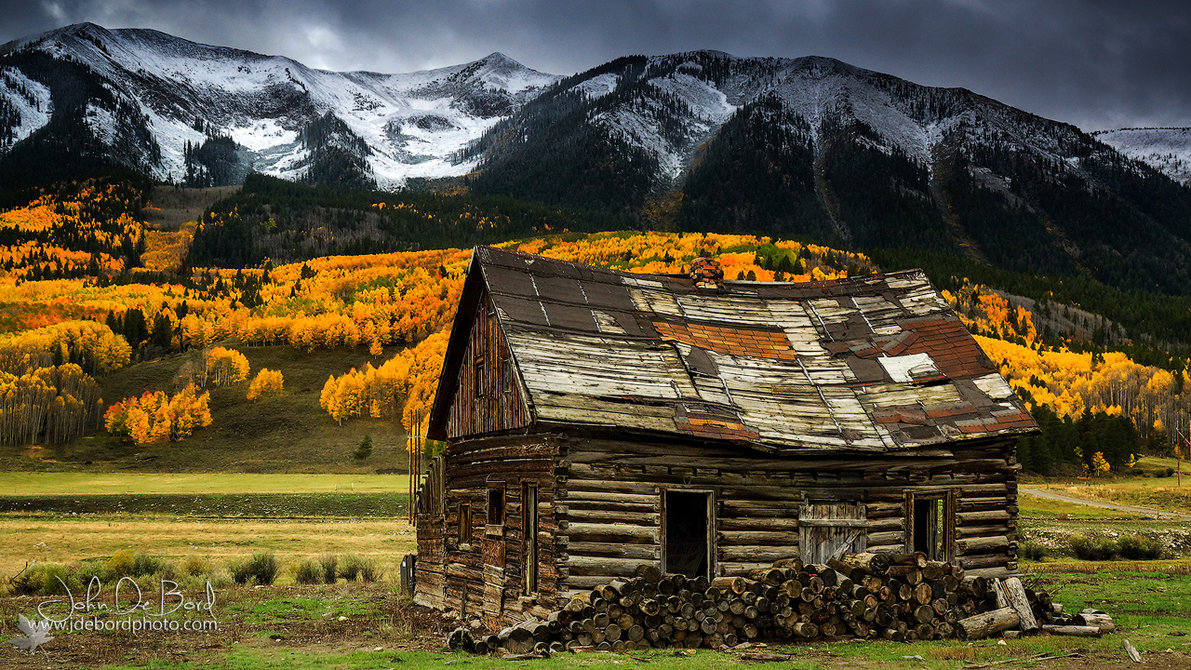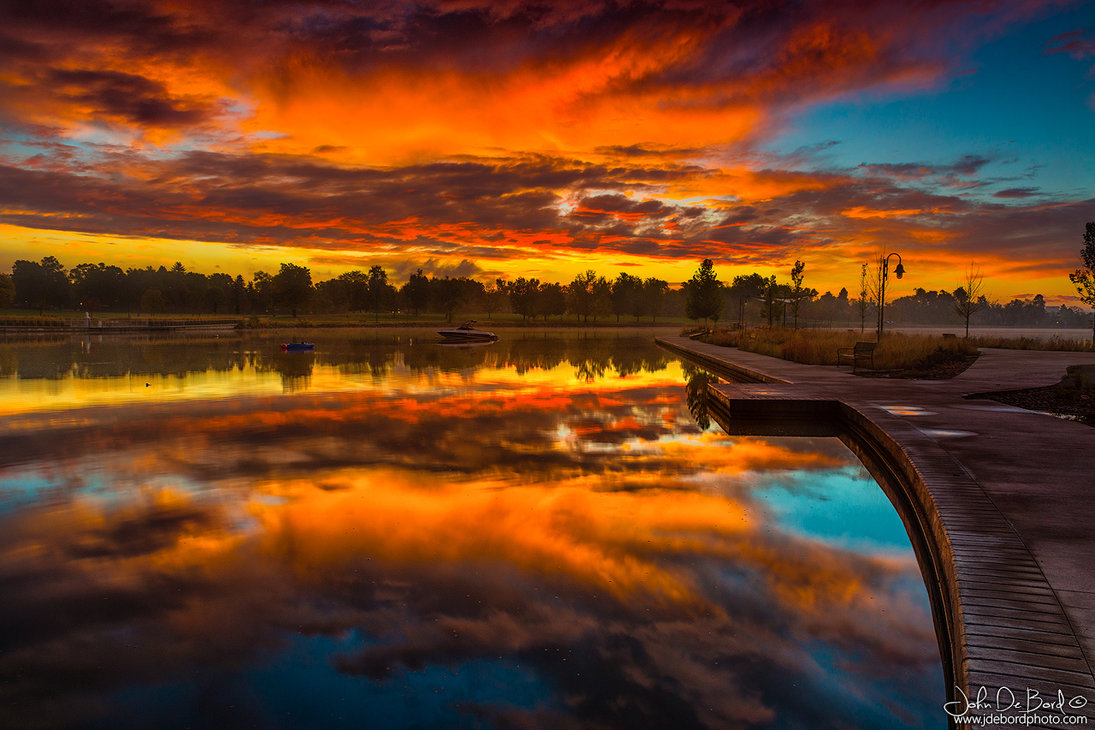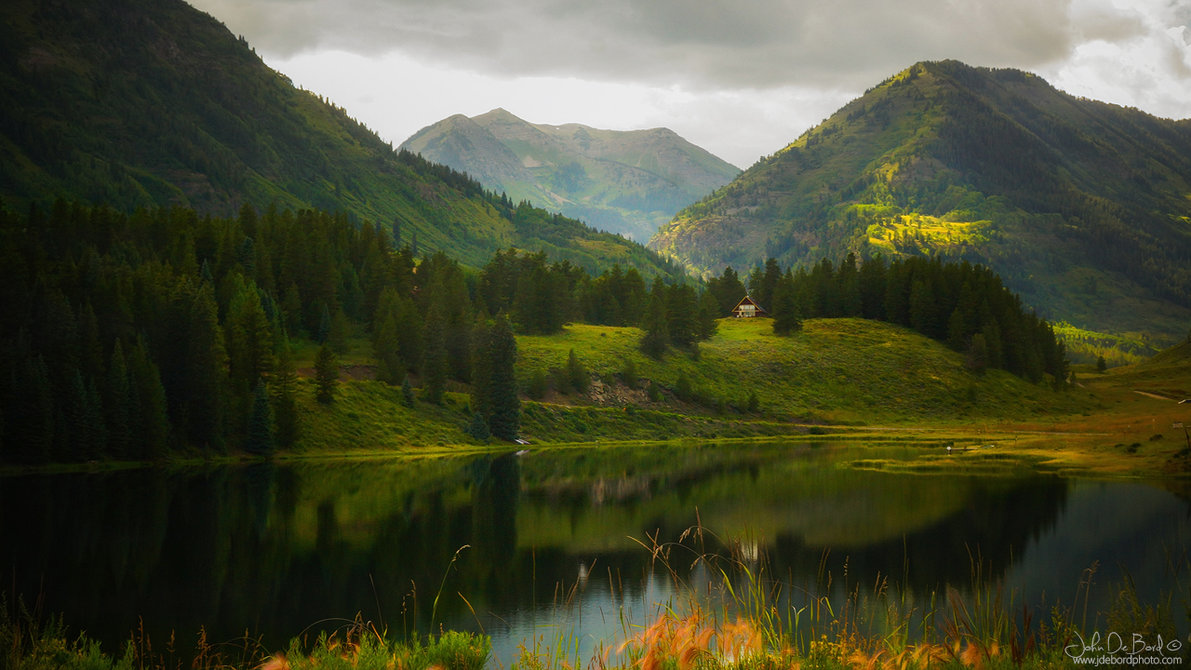I feel lucky about the fact of being from Barcelona (Catalonia). It is a beautiful city with a great atmosphere and as a photographer I am aware of how charming it is. But as a local I also know that there are other places in Catalonia that are also paradises for photographers. Today I want to introduce you to one of my favorite regions in Catalonia: la Garrotxa. Although I will focus just in the places I have recently visited, I want you to know that this region has much more to offer. My objective today is to make you curious about this photographer’s travel destination.
What la Garrotxa is?
La Garrotxa is a county in the northeast of Catalonia. In the north of the county you find the Pyrenees mountains. But today I am not going to talk about this (also beautiful) part of the county. Instead, I am focusing on the central/southern part, that it is known for its volcanos. Yes, I said volcanos! Over 40 inactive volcano and lava flows cover much of the center/south part of the county. With my description, you might imagine this region as a dark and rocky area. But the reality is far from it. The region is green and fertile. I like to go there because of its impressive natural landscapes and its beautiful towns and villages. You will be surprise for the diversity in architectural styles and you will be delighted by the local gastronomy. You won’t stop shooting.
Sant Esteve Church, in the city of Olot (capital of la Garrotxa)How to get there and other useful information
You can check the website of La Garrotxa turism to check options about how to get there, where to eat or where to sleep. It can be really handy to rent a car for the freedom this will give you to move around the villages and to get to starting points of hiking trails. But you can also get there by bus (the company bus is called Teisa). If you are a hiker, you will have great times in this region because they make a lot of effort in developing their hiking trails. I would like to point out that tourism in la Garrotxa is mostly local (a lot of Catalans like to go there, as I do). The place keeps all its authenticity. On the other hand, you will find a lot of travel information and guides also in English.
What to photograph in la Garrotxa?
The list of things to photograph are endless: medieval villages, art noveau or modernism, forests, volcanos, regional gastronomy… all kind of photographers will find this region interesting because of its variety. In order to keep it short, I selected some photogenic spots in the region, mostly in the city of Olot and nearby. I hope I will manage to show you the beauty of la Garrotxa and the love I feel for it.
Old city of Olot
Olot is the capital of the county. It is located at 92km from Barcelona and in 2015 its population was 34000. The first reference to Olot is from the year 872 (Middle Age). The original medieval city was destroyed by earthquakes in the fifteenth century. The city was reconstructed. Further on, it also suffered diverse wars. But besides all the historical inconveniences, the city grew and developed industrially. Today we can enjoy its beautiful streets, churches and old shops. Walking around the old city is a pleasure. The streets are quite typical from Catalonian villages and the colorful buildings are perfect models for any urban photographer.
One of Olot’s main streets (Tomas de Lorenzana street)The streets of Olot are charming
You will also be impressed by the Sant Esteve Church, from 1763.
Sant Esteve Church, Olot. I edited this photo using the Brik and Mortar WorkflowThe old city is full of old little stores where you can have a look (and buy!) local products. I find these old stores interesting because they kept their authenticity. These stores have the same look already like this 40 or even 50 years ago!
Perfume and beauty products store in Olot old cityLittle store that sells local meat products (mainly pork)
If you like to take photos of local products, you must also pay a visit to Olot’s market.
You can find interesting products in Olot’s marketPhotography tip: Locals are friendly and they wouldn’t mind that you take photos of their stores or the products they sell…if you ask them first! I saw that when I take photos without telling me, they give me strange looks. However, if you just ask them in catalan “Puc treure una foto?” that means “Can I take a photo?”, they will not just allow you to take the photo, they will also show you other interesting products or things to photograph! People in Olot are really hospitable.
Catalan Modernism in Olot
You might be familiar with the catalan modernism because of the works of Antoni Gaudi. Tha Sagrada Familia church in Barcelona is maybe the most well-known modernist icon. Modernism buildings usually have detailed decorations, a dominance of curved lines over straight ones and a dynamic use of forms. This cultural movement can be also enjoyed outside the outskirts of Barcelona. In Olot you can follow a route that will take you to several modernist buildings spread around the city center. Some examples are: Gaieta-Vila house, Casa Pujador or Casa Gassiot.
Gaieta-Vila House in Olot Casa Gassiot, Olot Casa PujadorPhotography tip: if you like to take photos of buildings or streets when there is nobody next to them, take advantage of the lunch break. You can walk around the city center almost alone between 14h and 17h because at that time the locals are at home having lunch and the stores are closed.
Volcano Montsacopa: Viewpoint in Olot
The Montsacopa Volcano is in Olot center. It is an interesting place to visit for several reasons. First of all, it is a good spot for nature photography without even leaving the city.
The Volcano Montsacopa is a place where you can take wonderful nature photographs without leaving the city (Olot) Volcanic stone. The area is full of them.Another reason is that once in the top the volcano provides you will an all-round views to the city and its natural surroundings.
Views of Olot from the top of the Volcano MontsacopaIf this was not enough for you, once you get to the top, you can also take photos from two watchtowers that were built during the Carline war (in the second half of the XIXth century).
One of the two watchtowers that were built during the Carline war on the top of Montsacopa VolcanoIf you are more an architectural photographer, your desires will also be satisfied in this volcano: there is a church (Church of Sant Francesc) on the top.
Church of Sant Francesc on the top of Montsacopa volcanoYou can also go down and step on the 120m diameter circular crater.
Mostsacopa volcano has a 120m diameter craterLa Moixina
La Moixina is a natural area not far from the old city of Olot that is a must for nature photographers. This area is characterized by its oak woods (it is the type of forest that once covered the whole Olor region) and the marshy woodland. The landscape of la Moixina is not a common one in the area, so it is worth it to visit it.
La Moixina marshy woodlandLa Fageda d’en Jorda
La Fageda d’en Jorda is another must-to-go place for nature photographers. It is close to Olot, You can access by car, a local bus or even walking (1h30min walk). It is a magnificent beech forest (Fagus sylvatica) that stands on the lava flow from a nearby volcano (called Croscat).
La Fageda d’en Jorda is a beech forest (Fagus sylvatica)This forest change a lot between the seasons. In winter, the trees lose all their leaves. In spring and summer the forest is green and in autumn it turns totally golden. At any time, this forest has a fairy tale mood that makes this place almost magic.
La Fageda d’en JordaPhotography tip: The golden colors of autumn are pretty spectacular. Lots of people come to visit the forest, especially in the weekend. If you want to photograph a relatively empty forest in autumn, you will need to schedule your visit for week days and walk a bit inside the forest in order to avoid the crowds that stays close to the parking lots that are near la Fageda.
I hope you to be interested in La Garrotxa. Feel free to contact me with any question. I will be happy to tell you whatever I know. Have a happy shooting!!!

